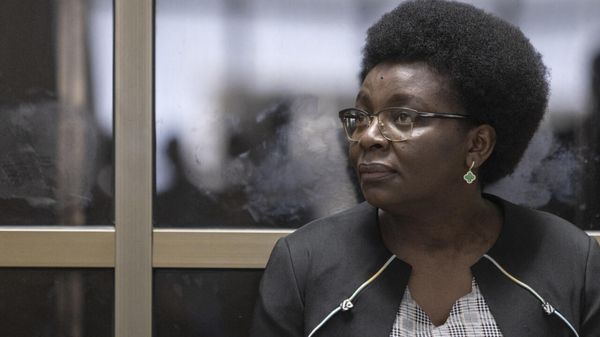
This story first appeared at SmartCompany.
Software designers, IT experts, media professionals, actors, as well as museum and art gallery staff are among the industries that have reported the highest levels of sexual harassment in the workplace over the past five years, according to a new report.
The Australian Human Rights Commission surveyed 10,000 workers and found overall that one in three had experienced some form of sexual harassment at work, though media, information and telecommunications workers are twice as likely to experience it (64%).
It’s actually down from the 2018 survey result, sex discrimination commissioner Kate Jenkins told Nine newspapers, where the rate of harassment in that industry was a dismal 80% — still “terrible compared to the national average. But it looks like there has been a change”, Jenkins said.
Some 44% of workers in the arts and recreation industry reported experiencing harassment, while in retail, as well as electricity, gas, water and waste services, it was 40%. In hospitality, the rate of harassment was 34%.
Conversely, just 10% of workers in the male-dominated industry of construction reported instances of sexual harassment, while in scientific and technical circles it was similarly low at 15%. The report found 77% of harassers were male (though a quarter of men reported instances of sexual harassment too).
Two in five women reported that they had been sexually harassed at work — mostly younger women — while groups reporting higher than average rates included those who identified as LGBTQA+ (46%), people with an intersex variation (70%), First Nations peoples (56%), and those with a disability (48%).
In a statement, Jenkins called the 2022 results “disappointing” but remained hopeful the Respect@Work Bill passing on a positive duty to all employers will see the next survey in 2027 reflect much lower rates of harassment in the workplace.
“The actions that governments and workplaces around Australia are now taking will have an impact, but it will take time. I urge them to continue implementing change now, so that the results of the next national survey may be greatly improved,” Jenkins said.
Almost three-quarters of respondents told the survey they believed their workplace leaders were committed to creating a safe working environment free from sexual harassment.
So what should business leaders do? Fay Calderone, a partner at Hall and Wilcox and workplace law expert, says the most important change to note is that workplaces can “no longer be reactive” to these issues.
“Isolated responses to complaints without acknowledging and addressing the systemic and cultural drivers that underpin them will no longer be acceptable,” Calderone said.
That’s because of the “cornerstone” of the Respect@Work Bill — the inclusion of a positive duty for employers and persons conducting a business or undertaking (PCBUs) to prevent workplace sex discrimination, harassment and victimisation.
The survey, which was conducted for the commission by Roy Morgan Research, found only half of respondents had been told by their employer about how to report an incident, while just two in five said they had attended training addressing sexual harassment.
Say goodbye to ‘jerks’
Calderone urged workplaces to abandon dated notions of keeping perpetrators on staff for reasons like their contribution to the business’s bottom line, saying the tide had well and truly turned.
“It is now more critical than ever that policies are consistently and indiscriminately enforced, no matter who the perpetrator is and regardless of their perceived ‘value’ to the organisation,” she said.
“The cost to the organisation of inappropriate, unhealthy and disrespectful behaviours will always outweigh any top line benefit a perpetrator is perceived as bringing in.”
Calderone says the research is clear: the cost to employee health and safety is far too high, while inaction or paltry consequences in lieu of serious discipline is an impediment to the “creation of diverse, healthy and inclusive workplaces”.
“The physical, psychological and economic impact on survivors is catastrophic. The culture of our organisations is shaped by the worst behaviour we are prepared to tolerate,” she said.
“We can no longer tolerate ‘jerks’ that are perpetrators of sexual harassment and perpetuate dysfunction in our workplaces, no matter how brilliant they try to convince us they are.”
If you, or anyone you know, is experiencing sexual harassment in the workplace, respectatwork.gov.au offers information on how to access crisis support services, lodge formal complaints with industrial relations bodies, file compensation claims, and more.







